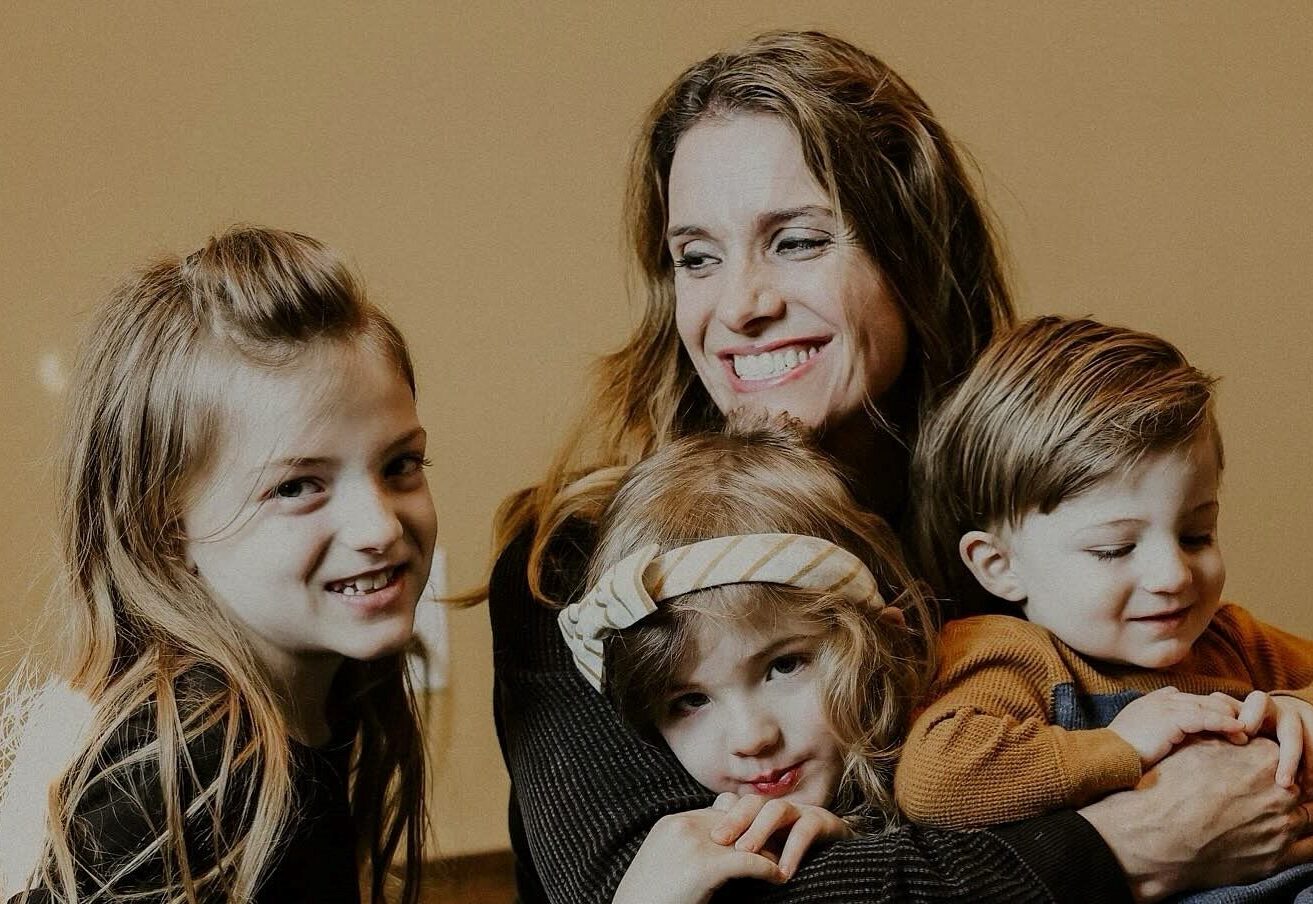“Fine.” It’s the word that sums up every parent’s frustration with trying to pull a conversation out of their kids. It’s a dead-end response to pretty much anything you could ask them at any time of the day. “How was the test?” “How did practice go?” “What do you think of the aliens that just landed in our driveway and tractor beamed your sister into their spaceship?” All fine.
Parents are constantly wondering: What are the questions to ask kids to get them to actually talk? How do we get more than a one-word answer? There are a lot of great conversation-generating questions you can use, but you have to actually remember those. If you’re short on memory bandwidth, here is a simple formula for getting information out of your children.
There really are questions to ask kids to get them to talk. And as it turns out, your kids are providing them to you. All you have to do is listen and then apply the technique of mirroring: Take a statement and repeat the main part in the form of a question. You’re not leading the conversation in a direction you want it to go. You’re just taking what your children have given you and inviting them to say more.
Physical Mirroring
The concept of mirroring is most often applied to body language. Research shows that mirroring a conversation partner’s gestures, expressions, posture, vocal pitch, or tone can reflect rapport or a desire to please. It’s common among spouses who are emotionally connected, but salespeople often use it to reach a negotiation or agreement. Sometimes I feel like I need to sell the concept of conversation to my kids, so mirroring feels appropriate.
Verbal Mirroring
When you’re mirroring in conversation, you listen to what the other person is telling you and use some of the same words. If your husband says, “That meeting this morning left me really frustrated with my boss,” a mirrored reply would be something like, “What about it was frustrating?” Mirroring a person’s language shows that you understand and that you are an empathetic listener.
How To Use Mirroring With Your Kids
For an example, let’s go with the question all inquiring parental minds want to know. Drumroll, please—
Mom: How was school today?
Standard kid response: Fine.
Mom: It was fine?
Kid: Yeah. We had a fire drill.
Mom: A fire drill?
Kid: Yeah. I was in the middle of art class.
Mom: Art class. Wow.
Kid: We were working on our clay pots.
Mom: Clay pots! I can’t wait to see yours!
In this example, Mom found out a fire drill interrupted art class and there is a clay pot coming home soon. Mom didn’t have many original thoughts. She just mirrored what her child said and invited him or her to say more. It’s not always going to flow quite this easily and in my experience, I’ve had to press a bit. But just using their words will strengthen the connection and remind them that you’re listening.
I love mirroring because it lets the child move where they want in the conversation. In response to the fire drill information, I may have asked, “Were you scared?” That could have led to more conversation, but it also could have shut them down if they didn’t want to share about a negative feeling. Obviously, there are different times and uses for mirroring versus other conversation starters, but on days when I don’t know what questions to ask kids and I can’t remember a scripted technique, mirroring works like a charm.
What’s your favorite way to spark conversation with your kids?










